Until just recently, your orthopedist would likely be recommending total hip replacement surgery at this point of your disease state. While it is
clearly a more bone-sacrificing procedure than hip resurfacing, total hip replacement is a safe and effective surgery, and is performed more than
300,000 times per year in the United States.
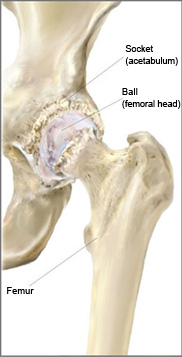 | | 
As you may know, total hip replacement requires the removal of the femoral head and the insertion of a hip stem down the shaft of the femur. Hip
resurfacing, on the other hand, preserves the femoral head and the femoral neck. During the procedure, your surgeon will only remove a few centimeters
of bone around the femoral head, shaping it to fit tightly inside the BIRMINGHAM HIP Resurfacing implant. |
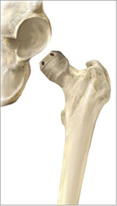
Cuts
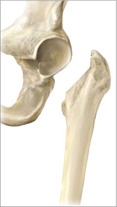 |
BIRMINGHAM Hip
Resurfacing System
Total Hip
Replacement | 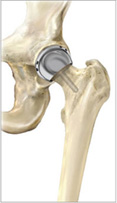
Implanted
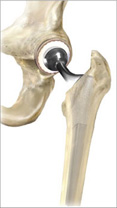 |

